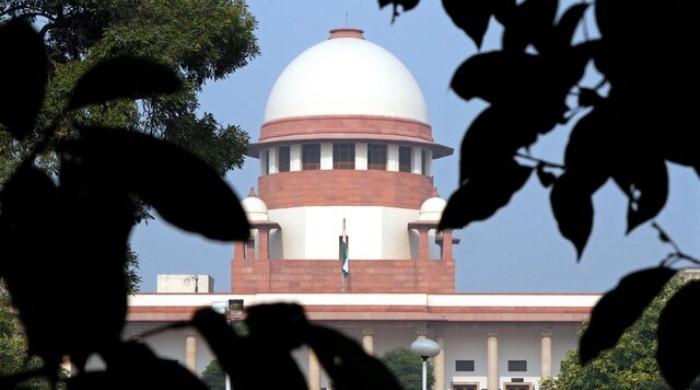US-led coalition drones fly 'dangerously close' to Russian jets over Syria
12 violations of deconfliction protocols of December 9, 2019, linked with coalition drones were reported in past 24 hours
July 31, 2023

In yet another incident of harassing each other over the airspace of Syria, Moscow’s military official said Sunday that a drone from the US coalition "dangerously approached" a Russian Su-34 plane near Raqqa which was professionally repelled by its pilots.
Oleg Gurinov, deputy chief of the Russian Center for Reconciliation of the Opposing Parties in Syria, was quoted by TASS news agency as saying: "At 6:53am on July 30, the [pro-American] coalition’s MQ-9 unmanned aerial vehicle once again dangerously approached a Russian Su-34 plane to a distance of at least 100 meters near the settlement of Raqqa."
He added that the drone’s flight was not deconflicted.
"Thanks to the high professionalism of Russian pilots and their timely measures, the collision with the coalition’s drone was prevented," he was reported to have said.
TASS agency reported that twelve violations of the deconfliction protocols of December 9, 2019, linked with the flights by the coalition drones were reported in Syria in the past 24 hours.

"Four pairs of the coalition’s F-16, two pairs of F-35 fighter jets, and one coalition’s MQ-1C multi-purpose unmanned aerial vehicle violated Syria’s airspace in the al-Tanf area, across which international air routes run, 13 times during the day," he said.
He also said that one “shelling attack on the positions of Syrian government troops by militants from Turkestan Islamic Party terrorist group (outlawed in Russia) was reported in the Idlib de-escalation zone.”
Last week, Russia accused the US MQ-9 Reaper surveillance for the "dangerously close" flight to the two Su-34 and Su-35 fighter jets, marking a second such incident in less than a week.
Gurinov said at that time that the incident took place after 7:30am local time over the northwestern Aleppo Province.
He stated that the Russian planes automatically "fired decoy flares after their radars showed that the Reaper had locked its weapons on them."
However, the White House said otherwise stating that the Russian aircraft were "flying dangerously close to our drone," busy in operation against Daesh.
While responding to the incident, Gurinov said the Reaper was flying in a reckless manner, and the collision was narrowly avoided thanks to "the high level of professionalism of the Russian pilots."
The US and Russia have been accusing each other of such maneuvers over Syrian airspace.
Gurinov told reporters that Russian planes were conducting flights strictly in accordance with existing agreements between Russia and the US, aimed at preventing incidents involving military aircraft.











